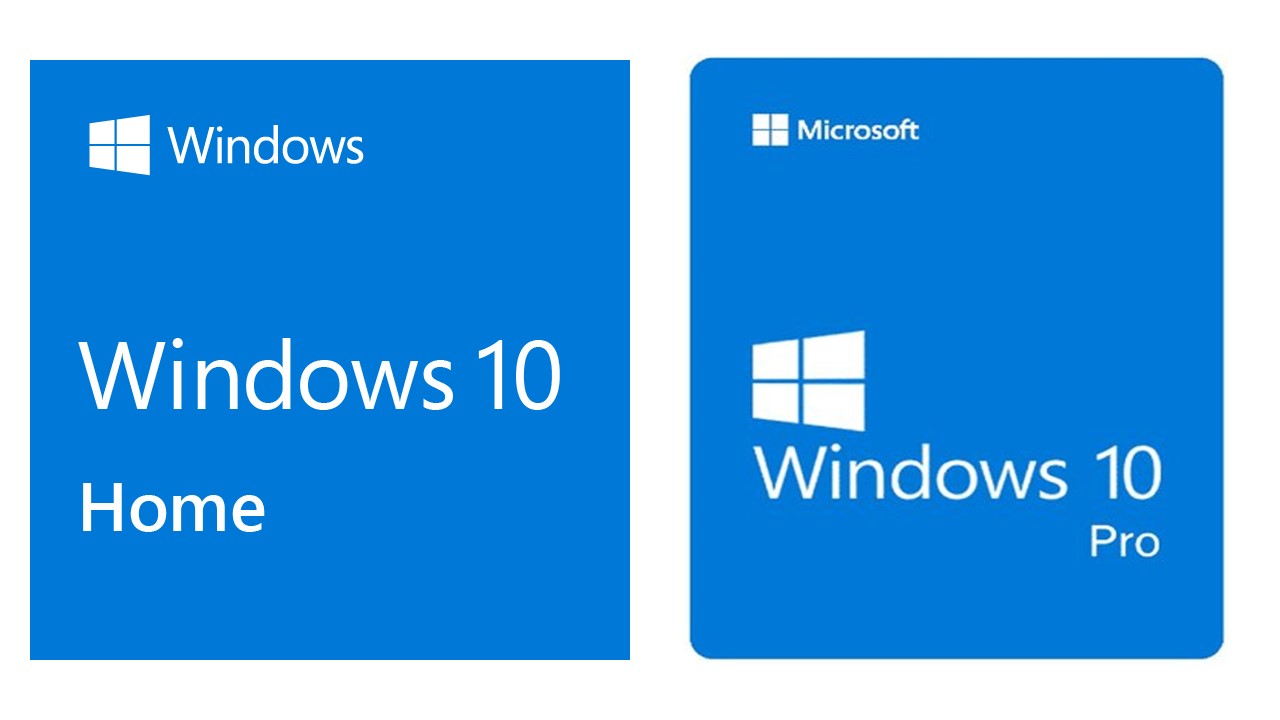Whar are the differences between Windows 10 Home and Pro? Basically, Windows 10 is a series of Operating Systems, developed by the American multinational technology company, Microsoft Corporation.
Microsoft released the Windows 10 as part of the Windows NT family of Operating Systems.
The Windows 10 Operating System comes with automatic updates that are free of cost. The two most famous and most common versions of Windows 10 for desktop are – Windows 10 Home and Windows 10 Pro.
In This Article
KEY TAKEAWAYS
- The security features of the Windows 10 Pro are a bit more in comparison to Windows 10 Home.
- The users of Windows 10 Pro can run unspecified files or programs without affecting their privacy due to the Sandbox feature which is absent in Windows 10 Home.
- The Windows 10 pro can support much more RM in comparison to the 128 GB limit of Windows 10 Home.
5 Differences Between Windows 10 Home and Pro

In brief, the biggest difference between the Windows 10 Home Operating System and the Windows 10 Pro Operating System is in the security.
Secondly, the Windows 10 Pro has been made for professional users, whereas, the Windows 10 Home has been developed for regular systems, much like the name suggests.
The comprehensive differences are as follows.
1. Windows Security
The following features of Windows Security are present in the Windows 10 Home – Windows Hello, secure boot, internet protection, device encryption, parental controls or protection, firewall and network protection, and Windows defender antivirus.
All of these above-mentioned features of Windows Security are also present in the Windows 10 Pro. Additionally, these two features of Windows Security are only present in the Windows 10 Pro – Windows Information Protection (WIP) & Bit Locker device encryption.
All features of Windows Fundamentals, such as the Cortana, Microsoft Edge, voice, battery saver mode, etc are present in both the Operating Systems.
2. Business Management and Deployment
The features of Business Management and Deployment are only present in the Windows 10 Pro Operating System and absent in the Windows 10 Home Operating System.
The features are as follows – dynamic provisioning, , Enterprise state roaming with Azure, mobile device management, group policy, Windows update for business, Active Directory, Kiosk mode set-up, Microsoft Store for business, and support for Azure active directory, assigned access.
3. Windows Sandbox
Most of the software manufacturers advised the users, not to download any unspecified or any suspicious files to avoid any serious harm to the system and to the stored data.
But some beginners and even some professional users run these types of files on their PC which directly affects the privacy of the users.
Windows Sandbox is a feature by which the users can install and run these unspecified files or programs and can go through the result of the software on a virtual PC.
This is a virtual solution to resolve the curiosity of the users. The software is not installed on the real drive rather in a virtual world; for which it is unable to bring any type of harm to the system.
The Windows 10 Pro OS users get this feature as a part of the OS.
4. Hyper-V feature
It is a hypervisor made only for the windows users. It is used to run any virtual machines on the CPUs which support virtualization.
If any user wants to run VMs, then it costs almost the same as the Windows 10 Pro. But if he wants the only virtualization then there are many free products available on the market like Virtual box which offers plenty of features and is compatible with many operating systems.
Hyper-V feature is included in the package of Windows 10 Pro. The user has to simply download and install on his PC.
5. Capacity of the RAM
Besides the above-mentioned differences, there are also differences in the compatibility of the RAM’s capacity.
Windows 10 Home supports a RAM of maximum 128 GB and Windows 10 Pro supports RAM up to 2 TB which is not invented yet.
If the users don’t use dozens of virtual machines then the 128 GB RAM is more than enough for modern-day usages.
Which is Better – Windows 10 Home or Pro?
As it has been stated throughout the entire article, there are several features that the Windows 10 Pro Operating System has and the Windows 10 Home Operating System does not possess.
The most important of these features that are present in the Windows 10 Pro and not present in the Windows 10 Home, is Bit Locker, Update for Business, Remote Desktop and Assigned Access.
The necessity of these features has already been mentioned in the article in short. Again, the Windows 10 Home Operating System is available in almost half of the cost of the Windows 10 Pro Operating System.
Therefore, if any user who requires the features that are added in the Windows 10 Pro Operating System, he should opt for this OS; whereas, the Windows 10 Home is quite sufficient for most of the users’ needs.
A user has to choose the OS wisely as there is a huge difference in terms of price. To conclude, the Windows 10 Pro is a better Operating System than the Windows 10 Home, because of all its added features.